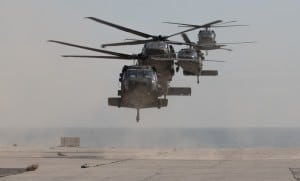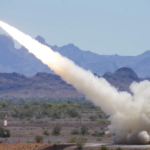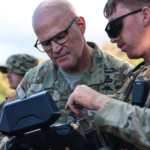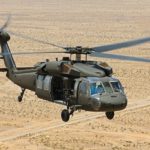
Sikorsky [LMT] is upgrading the U.S. military's fleet of UH-60 Black Hawks to fight corrosion, increase the number of available flight days for the rotorcraft in Afghanistan and other deployed areas, and reduce operations and maintenance costs. "We’ve transitioned from many sheet metal components to high-speed machined components for the air frame," Chris Dowse, Sikorsky's director of Army programs, wrote in an email to sister publication R&WI. "Benefits of this adjustment include the elimination of mating surfaces prone to crevice…

 By
By 











